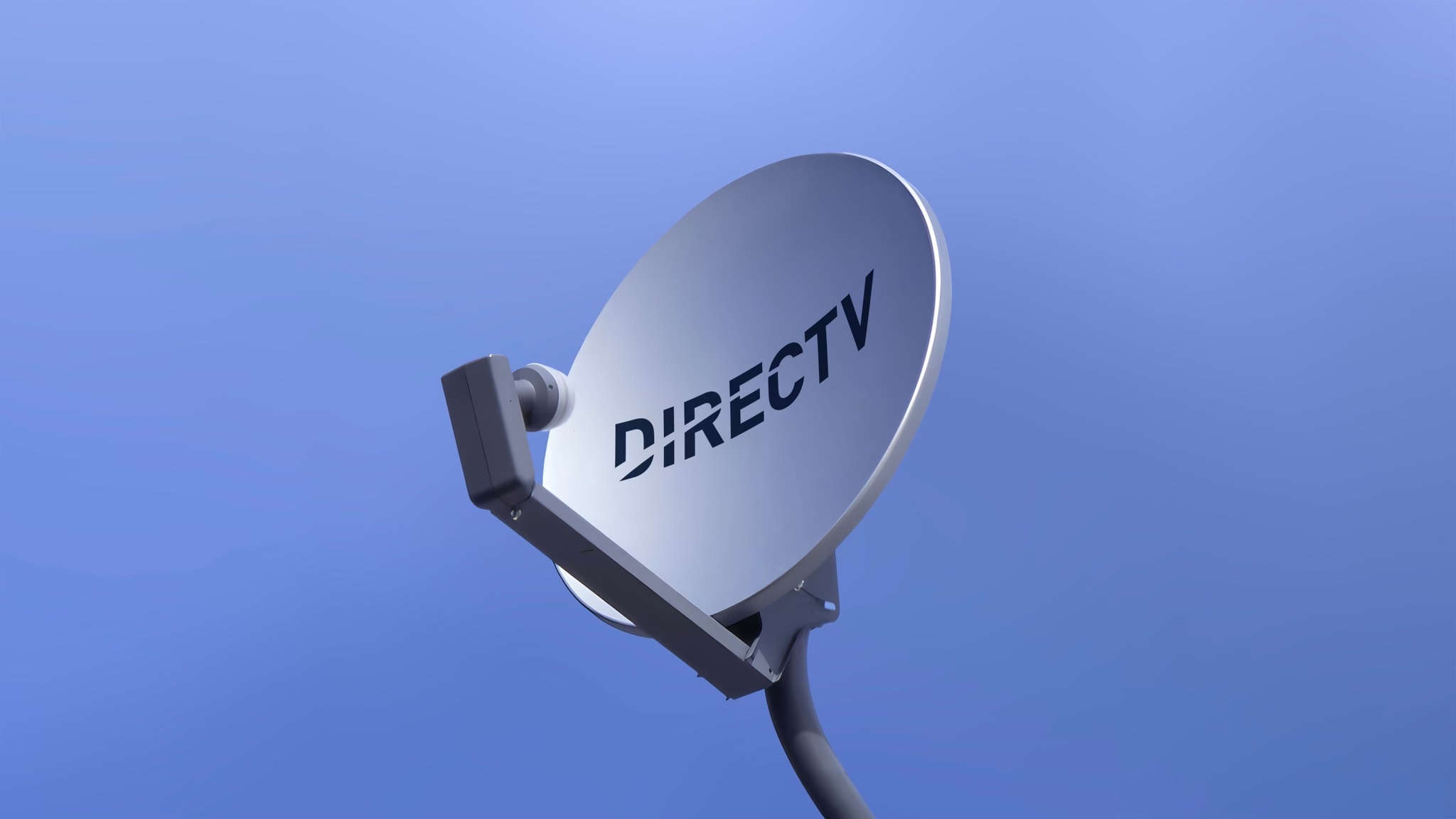SMPTE Q&A—Blake White
Shortly before the start of the SMPTE 2016 Annual Technical Conference & Exhibition, NewBay editors spoke with Blake White about the paper he co-authored being presented by John Footen titled “Through the Smoke and Noise: M&E Technology Trends Enabling Consumer Engagement.”
TV TECHNOLOGY:Won’t Millennials skip all the advanced video features now in development and go straight to VR?

BLAKE WHITE:No. There’s a time and a place for donning a VR headset, as there was for wearing 3D glasses. VR lends itself better to certain, more immersive content, such as gaming, but not checking out what your friends watched the night before.
TVT:How can engineers best differentiate between technologies that will connect with consumers (4K) and technologies that don't (3D)?
BW:The work engineers do will not be successful without better consumer understanding and research. This can come from a range of sources, but typically from the product teams. It’s critical, however, that engineers work with product teams to ensure that consumers’ needs are translated into the art of the possible. Both 3D and 4K have been very successful at connecting audiences in theatres. My feeling is that 4K will be more popular than 3D as a shared experience in the home.
TVT:Is it better to roll out one feature at a time or push whole packages of services out at once? In other words, will consumers lose interest if they're sold too many "improvements" to their entertainment experience all at once?
BW: Minimal viable products with continuous improvements are generally accepted by the industry as the best way to launch new services. However, what is accepted as MVP may require significant engineering to make that possible.
The professional video industry's #1 source for news, trends and product and tech information. Sign up below.
TVT:Are there any lessons to be learned from what was essentially the failure of 3D TV?
BW: Consumers don’t like wearing head-gear sitting in their living room to watch a movie. Although there are obvious parallels with VR, I think the key difference is that 3D was intended to be a shared experience in the home, where-as VR is more of a personal experience. Also, 3D challenged broadcasters to make changes to their processes and systems and a lack of standards around encoding and compiling 3D were an expensive problem; but the failure of 3D on TV was more based on the consumer experience.
TVT:Is it possible to make too much content accessible too easily? Does it fragment audiences to the point where no single show/piece of content gets a significant number of eyeballs? Should content owners think in terms of rationing access somewhat?
BW:I think the lack of good data regarding consumer usage of content, as well as historically treating second screen content as marketing experiments, means that companies have sometimes taken a shotgun approach to distribution. I think armed with better data, and more of a P&L orientation for digital platforms, we will see media companies being more selective regarding distribution platforms.
Blake White is a consulting partner, Information, Media & Entertainment, Cognizant Business Consulting.
